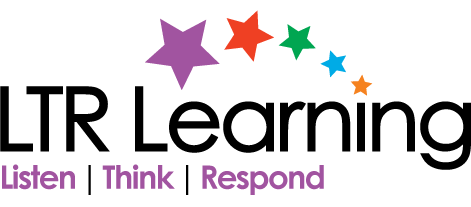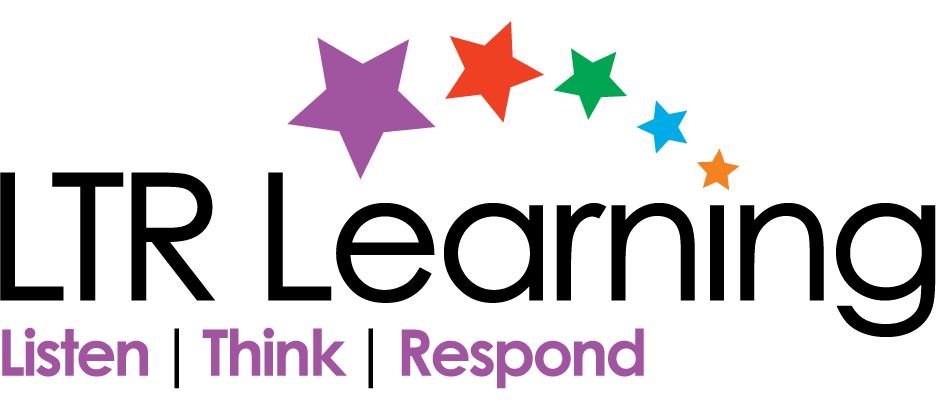Let us say that by the middle of Term 2 in the first year of school, you notice that a child is not keeping up with the rest of the class, or has skills in one area of literacy but not another.
Question: What can you do?
Answer: Think backwards and identify the area of need!
This sounds easy, but it is not always easy to know where to start.
- talk to the child and determine the mindset
- set up a folder of appropriate tests and checklists to be administered in a distraction free environment – check gross motor and fine motor skills, hearing, sight, phonemic awareness, memory and concentration, reading, spelling and writing skills
- having determined what is known and what is not known, set up a folder of appropriate activities and games to reinforce the skills needed – this can be given to support staff to work with the child until the skills are mastered
- having determined the blockage point, inform the parents of your concerns and what actions you have taken
- supply the parents with a folder of appropriate activities and games to be practised at home
- monitor activities in the classroom with appropriate challenge in the area of need
In the LTR classroom, the culture is set up early for caring and supportive behaviour from peers and frank classroom discussion of errors. Therefore, understanding develops quickly that mistakes are a natural part of learning anything new. They also know that not everyone learns the same way or at the same rate. In the LTR classroom, the Language & Literacy Program contains all the resources needed to be able to assess and check language and literacy skills as well as provide appropriate games and activities for support staff and parents.

